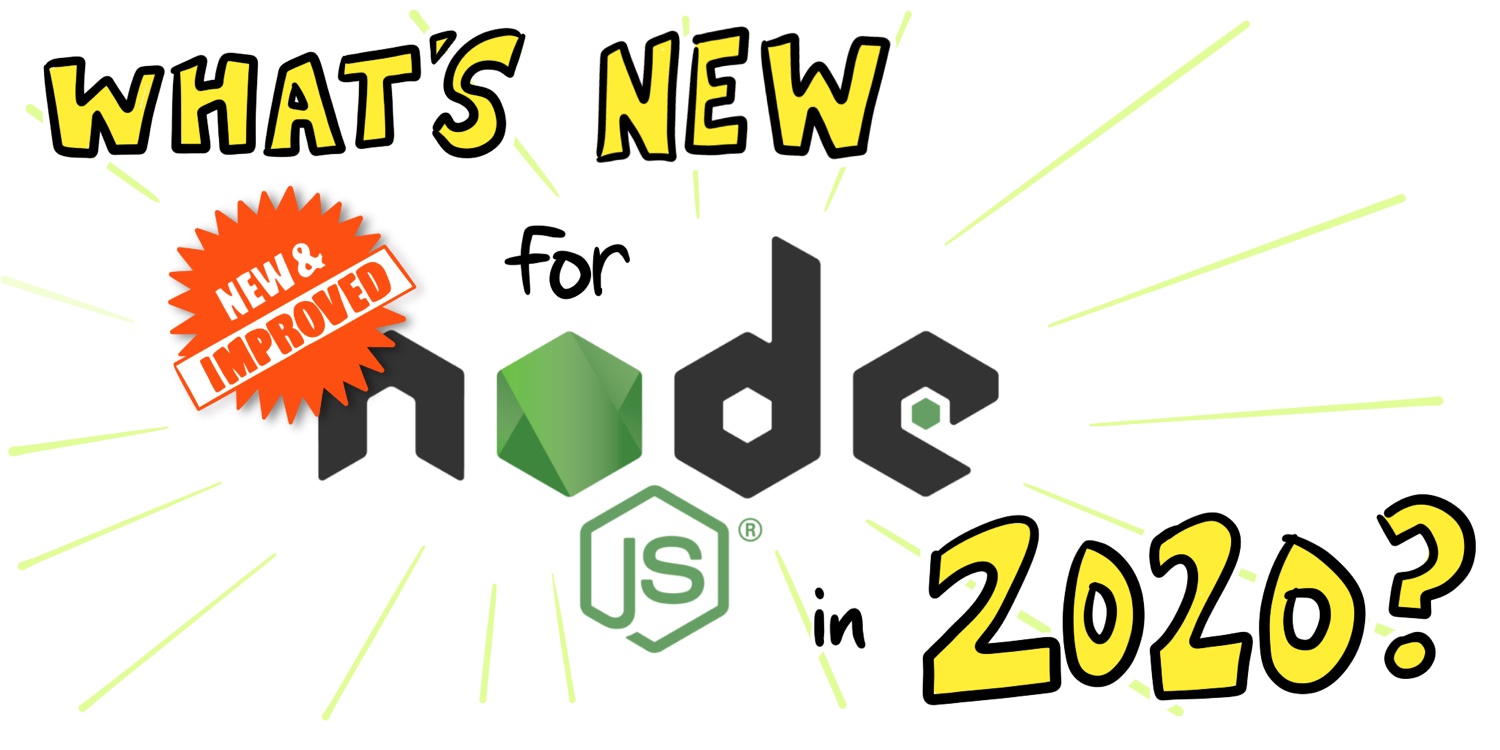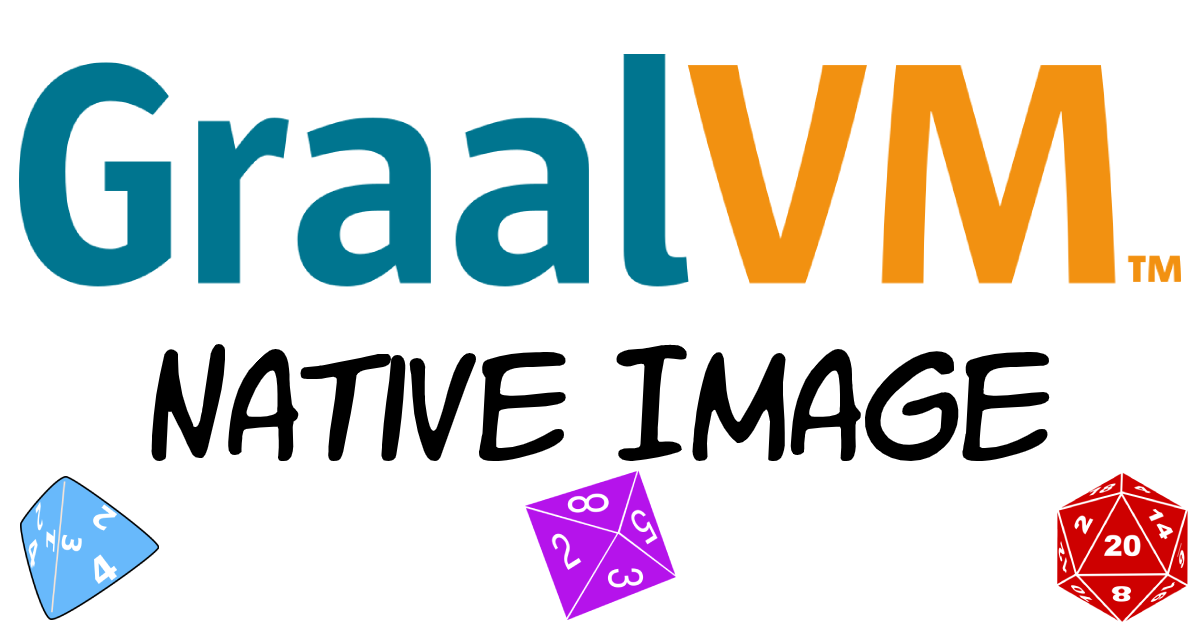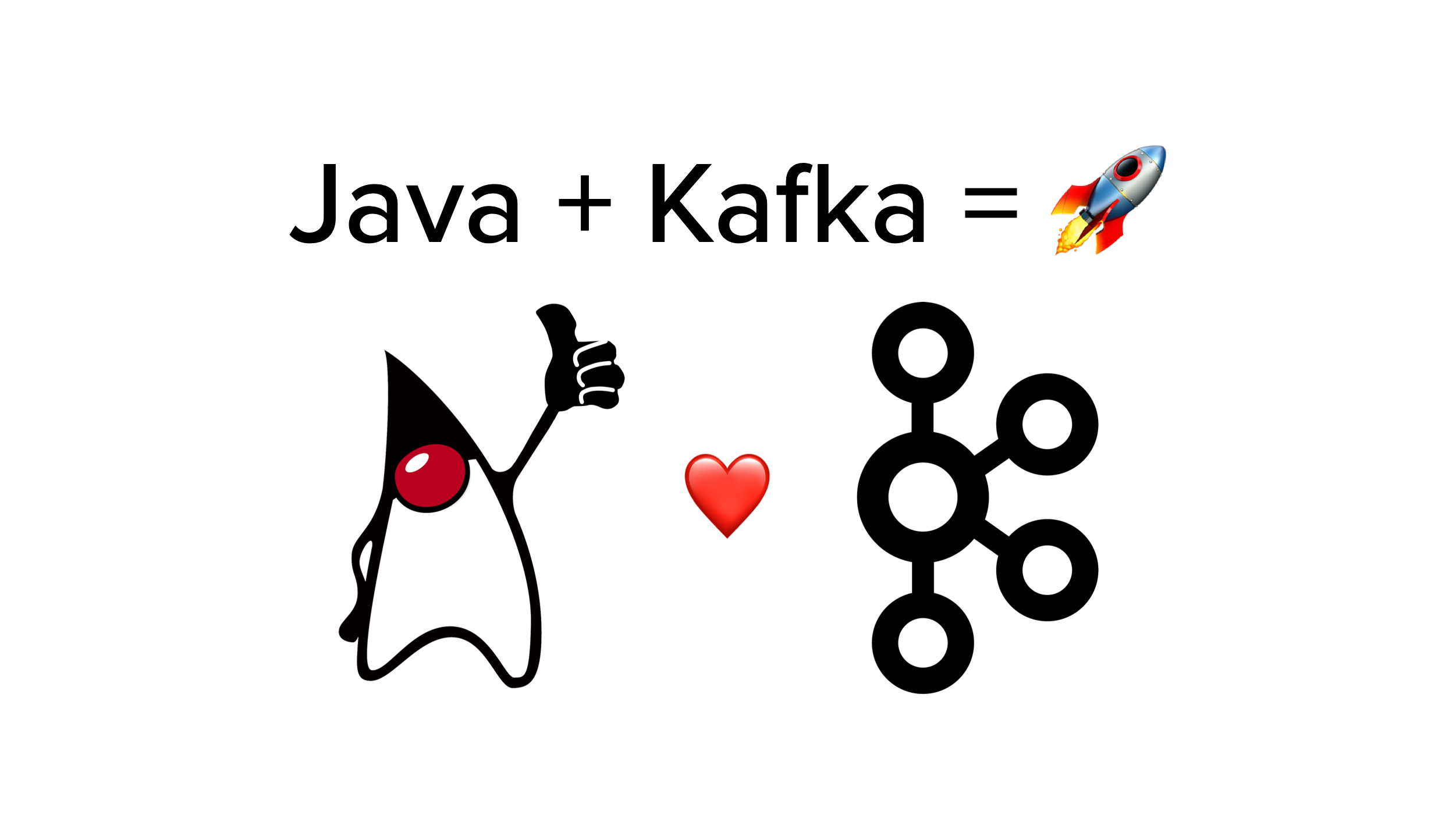What's New for Node.js in 2020

In 2019, Node.js turned 10 years old, and the number of packages available on npm crossed one million. Downloads for Node.js itself continues to rise, growing 40% year over year. Another significant milestone is Node.js recently joined the OpenJS Foundation, which promises to improve project health and sustainability, as well as improve collaboration with the JavaScript community at large. As you can see, a lot has happened in a relatively short amount of time! Every...
Deploy Your Spring Boot App the Right Way

Spring Boot is an awesome solution to speed up the development cycle of your app. Have an idea and want to transform it into a Spring Boot app, but don’t know the best way to deploy it? Look no further, we will help you out! There are plenty of options to deploy Spring Boot applications. In this article. we will cover three of them: Azure Amazon Web Services Self-hosted We will use a simple application...
Three Developer Tools I'm Thankful For

What a year it has been! As I consider what this holiday season means to me, I am reminded of how insanely fortunate I am to be part of Okta. Before I go any further, I absolutely must give a shout-out to my fantastic teammates Randall, Lee, Aaron, Micah, Matt, Brian and David along with our fabulous supporting crew Brent, Lindsay, Krishna and Alyssa. Surrounding yourself with high caliber people makes all the difference in...
Watch GraalVM Turn Your Java Into Binaries

There has been much buzz about GraalVM and what it means for the Java world. GraalVM is a Java distribution from Oracle that adds a bunch of features, most notably a new JIT compiler, polyglot capabilities, an LLVM runtime… and the ability to turn your Java application into a native binary. This last one offers the potential to distribute Java applications as a single binary, and a few frameworks like Quarkus, Helidon, and Micronaut already...
Why Every Developer Needs to be a Generalist

Context, as they say, is king. The age-old question of exactly what a software developer should focus on learning has been crossing my mind a lot lately. More than ever, our technology is evolving at a furious pace - and the coding world is definitely feeling the pressure. It can be overwhelming to choose where to pay attention and what to dismiss as a passing fad. So what are you to do? Let’s look at...
A Quick Guide to Java on Netty

Netty is a non-blocking input/output (NIO) framework that makes it relatively simple to develop low-level network servers and clients. Netty provides an incredible amount of power for developers who need to work down on the socket level, for example when developing custom communication protocols between clients and servers. It supports SSL/TLS, has both blocking and non-blocking unified APIs, and a flexible threading model. It’s also fast and performant. Netty’s asynchronous, non-blocking I/O model is designed...
Build A Simple Web App with Node and Postgres

Node.js boasts high performance and scalability for web, mobile, or desktop applications. It is one of the fastest-growing and best-supported javascript frameworks available today, and its microservice patterns has made it a hit for modern enterprise applications. PostgreSQL has also risen in popularity, to compete with MySql. The two technologies partner well as a foundation for modern, microservices-based applications. In this post, we will build a small application that keeps track of a To-Do List...
C# WebSockets Tutorial: Build a Multiplayer Game

It might seem obvious, but HTTP is a transfer protocol for hypertext. It was designed — in 1989 — to allow clients to request and receive hypertext documents from a server. While the protocol is undoubtedly a revolutionary technology, modern web applications have evolved far beyond simply responding to client requests. Today, web applications push more processing onto a client that must accommodate multiple Javascript frameworks and libraries. There is a real need for a...
Symfony 4.3 + Vue.js: PHP Apps Made Simple
Today’s Web users are a lot more sophisticated than just a few years ago. They expect applications to be fast, secure, and work equally well on their desktops and phones. Meeting these expectations requires a great deal of work so you can provide a reliable backend and a fully dynamic frontend, while keeping the whole system secure and scalable. However, with the right set of tools, you can get started quickly and become productive in...
Kafka with Java: Build a Secure, Scalable Messaging App

Today’s users expect your app to be accessible from their computer, mobile phone, tablet, or any other device! This transition to Software as a Service (SaaS) as the norm requires developers to effectively integrate with robust tools that scale to handle thousands (or even millions) of requests every second. Apache Kafka is one of the most effective tools for handling those high throughput environments. In this tutorial, you’ll learn the basic concepts behind Apache Kafka...